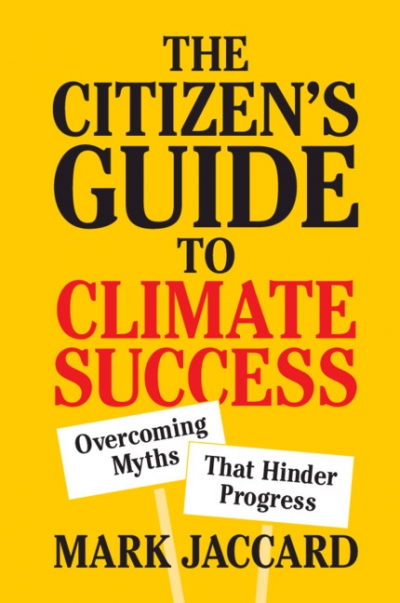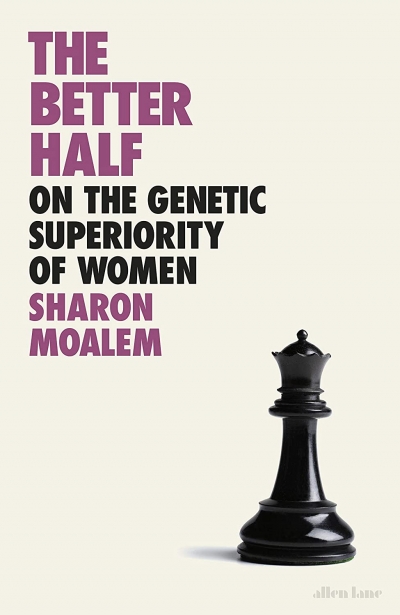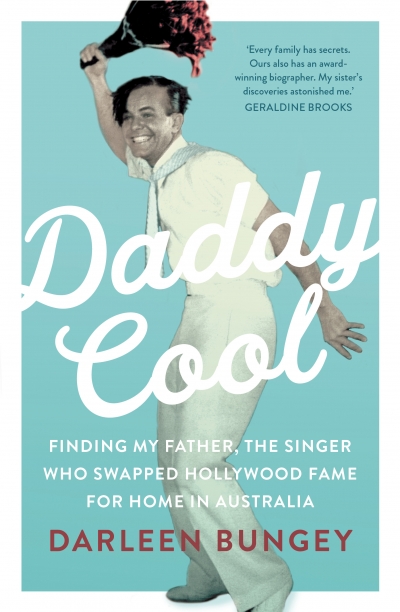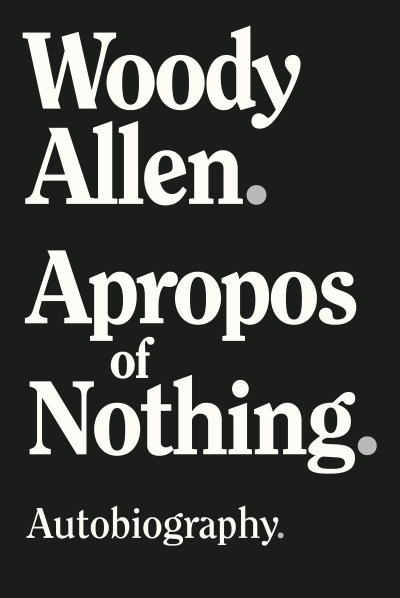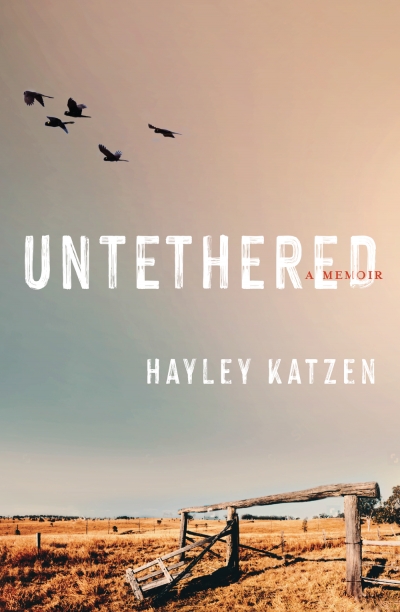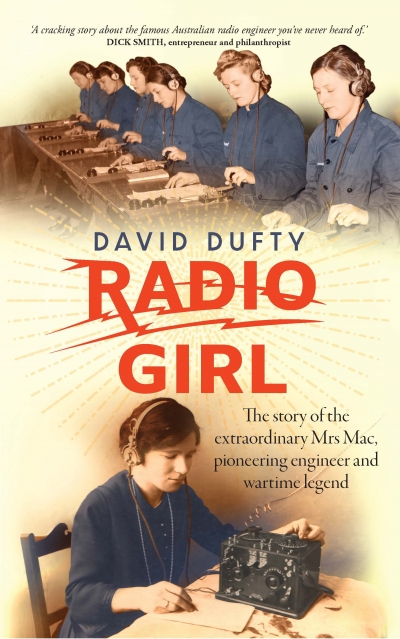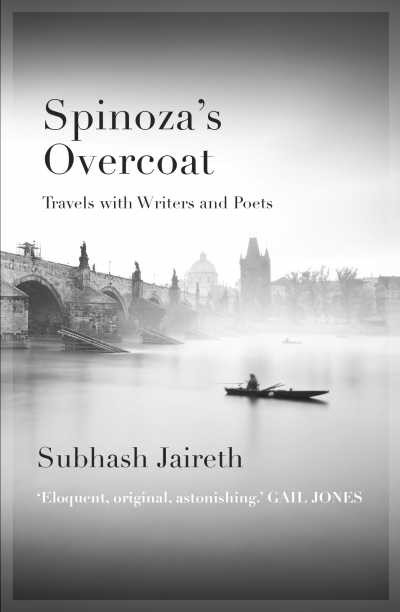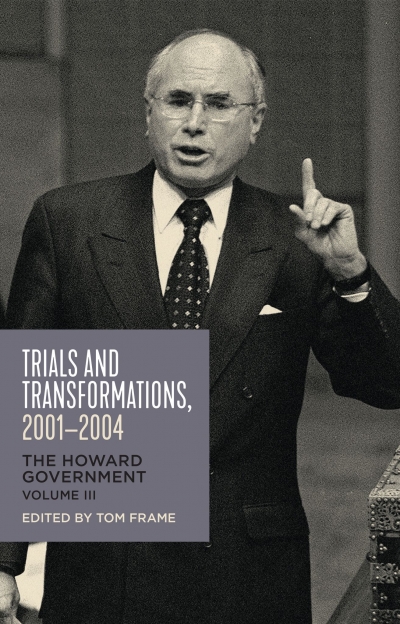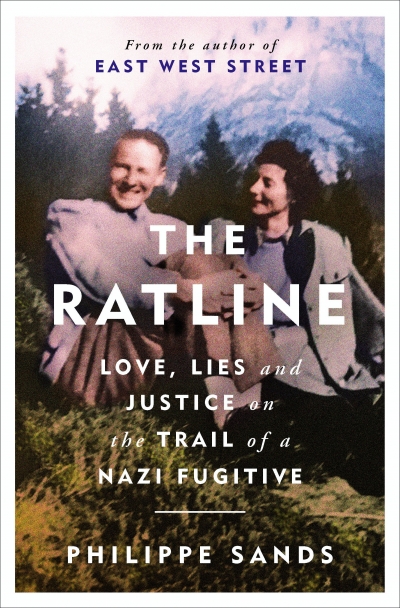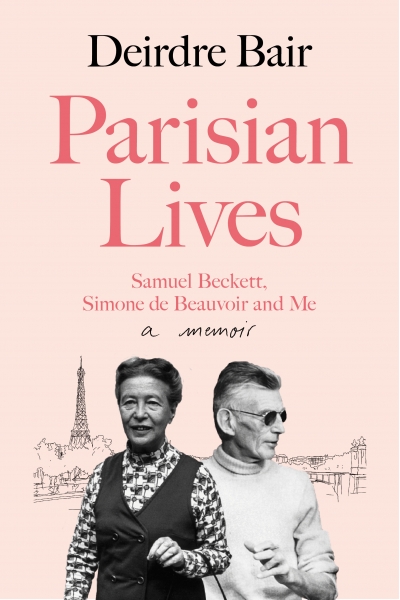Non Fiction
The Citizen’s Guide to Climate Success: Overcoming myths that hinder progress by Mark Jaccard
Written by a prominent economist with a long career in emissions reduction and policy modelling, this engaging book attempts to debunk eleven myths that undermine effective climate action. Jaccard also offers a ‘simple’ path to climate success, built around strong regulatory action, carbon pricing, a system of carbon tariffs, and supporting poorer countries in energy transitions. Jaccard focuses on emissions reduction in the transport and energy sectors, in line with his areas of expertise.
... (read more)The Better Half: On the genetic superiority of women by Sharon Moalem
All authors who are releasing new books during the global pandemic are at a disadvantage, but some less so than others. It helps to have a title that speaks to the moment, which The Better Half, with its central thesis that women are ‘genetically privileged’, certainly does. The coronavirus, we have learnt, tends to affect men more severely than women. Some have attributed the discrepancy to men being more likely to engage in risk-taking or health-compromising behaviours, while other experts have advanced a genetic explanation.
... (read more)Daddy Cool: Finding my father, the singer who swapped Hollywood fame for home in Australia by Darleen Bungey
‘“I must remember accurately,” I told myself, “remember everything accurately so that when he is gone I can re-create the father who created me.”’ This is Philip Roth exhorting himself while witnessing his declining father bathe in Patrimony: A true story (1991), a memoir that opens when Herman Roth is diagnosed with a brain tumour. The book, tender but also brutal, slips between the present and the past. Philip Roth, after all, is the writer. The matter of accuracy feels particularly perilous when the subject is the writer’s parent, if the intention is not to write a hagiography. It takes a particular kind of courage to countenance a parent’s failings when not motivated by revenge.
... (read more)Whatever you think of Woody Allen, you will probably find his memoir, Apropos of Nothing, compelling. It’s likely to convince you that he didn’t molest his adoptive daughter Dylan all those years ago. The resurgence of this accusation, first aired in 1992, has caused such widespread concern that Hachette pulled this book because of vehement objections by Ronan Farrow, Allen’s biological son with Mia Farrow, sometime partner of Allen and the woman who accused him of molesting Dylan. This was in the wake of her discovery that Allen had begun a romance with Farrow’s twenty-one-year-old adoptive daughter Soon-Yi Previn, to whom he has been married since 1997. The immediate context was a widespread office rebellion at Hachette.
... (read more)What tethers you to your life? For most people it is the filaments of connection – family, place, friends, work. Hayley Katzen becomes untethered in multiple ways in this engaging and highly readable book. Many will identify with that period of life when you are technically a functioning adult, but there remains a long, long journey ahead to real adulthood. Katzen has a sevenfold whammy: a broken family life; the trauma of immigration; losing her Jewish heritage; discovering herself as a lesbian; dropping out of a career; moving to the country; and falling in love with an ‘unsuitable’ woman.
... (read more)Radio Girl: The story of the extraordinary Mrs Mac, pioneering engineer and wartime legend by David Dufty
At first glance, this biography does not look especially compelling. Why should we want to know about Australia’s first woman radio pioneer? But David Dufty calmly and quietly shows why Violet McKenzie is well worth celebrating. From her earliest days, Violet, born in 1890, showed great flair for practical science. She became a high school maths teacher but was determined to study electrical engineering. She qualified, but her gender meant that she was refused admission to the university course and also to a technical college diploma. Meanwhile, her elder brother Walter had become an electrical engineer and was running his own business in Sydney. This was 1912: seduced by the new moving-picture craze, Walter had ploughed all his profits into a ‘flickergraph training school’, teaching people to operate cinema projectors.
... (read more)Spinoza’s Overcoat: Travels with writers and poets by Subhash Jaireth
For some of us, love for a work of literature brings with it a desire to learn about the work’s gestation. All the literary theory in the world can insist that a piece of writing is not a question to which the author holds the answer, but whenever a book or poem or essay catches our interest, we want to know more about the person behind it.
... (read more)Trials and Transformations, 2001–2004: The Howard government, Volume III by Tom Frame
Queensland MP Charles Porter’s book, The ‘Gut Feeling’ (1981), relates the story of former prime minister Billy Hughes being pressed in the 1940s to pass judgement on a Liberal Federal Council statement on an industrial issue. ‘No bloody good,’ he pronounced. ‘Not sufficiently ambiguous!’ If, as Hughes implied, ambiguity is a key virtue needed for political survival, then by 2001 the Howard Liberal–National Party Government appeared to have embraced it. Indeed, any objective analysis of the Howard era is fraught with difficulties because of these two factors: the verbal, unrecorded nature of some political incidents, and the emotive left-versus-right culture war that marked John Howard’s prime ministership (1996–2007).
... (read more)The Ratline: Love, lies and justice on the trail of a Nazi fugitive by Philippe Sands
Hunting Nazis is an almost guaranteed reading pleasure – the joy of the chase, plus the moral uplift of being on the side of virtue. I started Philippe Sands’s book with a sense both of anticipation and déjà vu. A respected British international human rights lawyer with the proven ability to tell a story, Sands should be giving us a superior version of a familiar product. Many readers will remember his book East West Street (2016), which wove together the Nuremberg trial, some family history, and the pre-war intellectual life of Lemberg/Lviv. The latter produced not only Raphael Lemkin, theorist of genocide, but also the lesser known Hersch Lauterpacht, theorist of crimes against humanity, as well as Sands’s maternal grandfather, Leon Buchholz.
... (read more)Parisian Lives: Samuel Beckett, Simone de Beauvoir and me by Deirdre Bair
July 1970. A graduate student in English at Columbia University was feeling bogged down in her PhD topic. She was only a year or so in and reckoned that there was still time for her to make a switch from medieval sermons to a modern author. She wrote on index cards the names of numerous writers she liked, including James Joyce, Joseph Conrad, Samuel Beckett, T.S. Eliot, and Virginia Woolf. She then arranged them alphabetically. Beckett came out on top (presumably Auden didn’t make the cut). ‘That was how my life in biography began,’ explains Deirdre Bair, who died in April 2020, in time, fortuitously, to see this book published late last year.
... (read more)

